My Dog's Ear Is Red - What Should I Do?
Our main responsibility and goal as canine guardians is to make sure our beloved pooches are in the pink of health, but one shade darker than that in can spell trouble—not to mention pain. So what does it mean and what do we do when our dog’s ear is red?
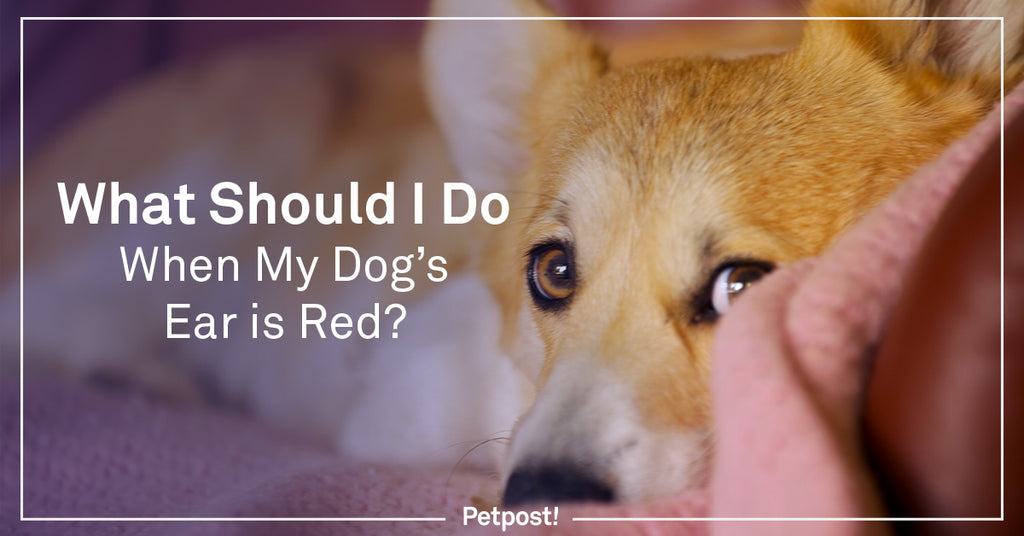
Red Alert!
Reddened skin is often associated with pain and inflammation for us humans, and it’s no different for dogs. There is a multitude of possible causes for this condition, but whatever the reason may be, red ears on Fido guarantees pain and discomfort.
It pays to know what you’re dealing with before running around the house trying to squirt medication on your dog—and traumatizing both of you. Now that you’re aware that there’s definitely something wrong, with little Billy Boy’s ears turning flaming red and all, take a few steps back and observe other behaviors and symptoms that he may be exhibiting. He may not be able to tell you what’s up—or inside—but his body language, physical condition, and movements may give you the proper clues to help your favorite vet out with identifying the problem.
Check if your pooch has any, or is doing any of the following:
- Yellowish, Greenish or Brownish discharge, or blood (whether dry or outright dripping)
- Scratching insistently on the side of his head
- Musty, unpleasant odor from his ears
- Swelling, inside or outside the canal
- Crusting or Scabbing in or out of the ear
- Alopecia (fur loss) around the area
- Repeated head bumping, or rubbing against you or furniture
- Head tilting (it looks cute, we know, but it could be because his ears hurt)
- Unusual clumsiness
- Unusual eye movements
- Circling, as if he’s trying to chase something stuck to his head
- “Hot” ears
It’s important to be able to take note of any of these symptoms, so you can pinpoint the culprit of the inflammation, and determine what type of treatment should be done to remedy it.
Allergies
Allergic reactions could be seasonal or dietary—so you may want to check if your pooch has recurring reddening ears during certain times of the year, or if there are any changes that you’ve made in their daily meals, even treats.
Dogs who accidentally ingest food that they are allergic to (such as soy, chicken, grains, etc.) manifest allergies through skin inflammation, instead of respiratory symptoms like us humans—so there isn’t a lot of sneezing and ha-chooing to clue you in on their condition, but their skin will definitely show the signs. Red, swollen ears are usually number one on the list.
Issues Caused by Moisture
If your adorable canine loves the water, and is the first to jump into the pool for some wading and swimming, it might not be as fun once the moistures sets in and gets stuck inside his ear canals. The wetness and his body temperature, combined with the usual microorganisms already taking residence inside his ears may cause overgrowth, and eventually, irritation and redness.
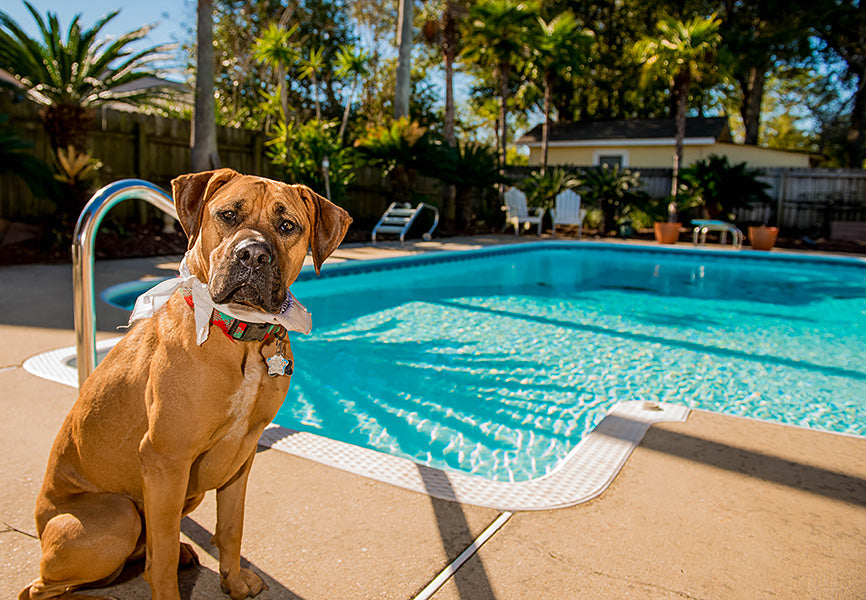
This goes for improper bathing and grooming as well, especially for pooches with non-erect, floppy ears. This is why it is absolutely important to learn how to clean Puppy up to prevent doing more harm than good. So yes, it’s time to stop blindly poking through her ears with Q tips in the hopes of catching all the debris, and thank your dog for all the patience and self-restraint—some have bitten for much, much less.
Compromised Immune System
Fungi (as much as we feel uncomfortable even just saying the word) naturally exists in our bodies, and our canines are no exception. What brings about issues in canine ears may actually be connected to a compromised immune system.
Yeast is usually the culprit, always lying in wait—ready to invade once the body’s defenses go down. Overgrowth causes the funky smelling discharge, irritation, and inflammation inside the ears—and the symptoms don’t usually die down with topical treatment alone. Prolonged irritation is remedied by boosting the immune system, usually via supplements and changes in diet as per veterinary instructions.

Ear Mites
Parasites are the bane of every dog’s healthy existence, and the ears are not spared when it comes to these tiny, nasty invaders. Ear mites can come from exposure to other infested canines, and is commonly a problem for young puppies. Not only do they make your pooch scratch and whine all day, they produce horrible amounts of rusty, brownish discharge, and if left untreated, severe infection sets in.
These annoying buggers not only affect your dog—as mentioned, it can be passed around via contact. So if you have more than one dog at home, it’s better to prevent ear mites rather than ending up with multiple ear scratchers and hours of medication and negotiations.
Prevention is Loads Better than Curing a Grumpy Dog
We’ve all heard that, yes, but it doesn’t become a cliché unless there’s some truth to it. To avoid a miserable doggie and a miserable human with disrupted schedules, high blood pressure and an empty wallet, regular cleaning with the right product drastically lowers the chances of you seeing red ears on your precious Ms. Paws. Just be sure never to use any of the following:
- Q Tips—they push most debris back inside the canal more than they pick them out
- Alcohol—it hurts, it doesn’t help, and it burns

All Ears on Natural Cleansers
If you don’t want hard-to-spell and equally hard-to-read chemicals inside your dog’s ears (and who does, anyway?), going for cleaning solutions with natural ingredients is the best way to go. Coconut oil-based ear cleaners are gentle on the skin and canal, and have anti-fungal and anti-bacterial properties that help relieve the redness, pain, and swelling.
Never hesitate to ask your veterinarian about natural and organic options that you can use for your pooch’s ear maintenance and health. After all, you would want to know what you put on your own body—of course you’d want the same for your furry family member.
How to Avoid a Trip to the Vet
Let’s face it—nobody, especially your dog, is thrilled about red, irritated ears. But lucky for you (and Fido), there’s a quick, fuss-free way to keep those ear issues at bay without the drama of constant, expensive vet visits. Using high quality Dog Ear Cleaner Wipes can be your secret weapon for healthy, happy ears!
Here’s why you’ll both love them:
-
Fast, Soothing Relief: Those wipes are like a spa day for your dog's ears. They’re packed with gentle, natural cleansers to calm redness and irritation fast—goodbye itchy ears, hello peace and quiet!
-
Mess-Free Magic: No more wrestling with Q-tips or sprays. Just grab a wipe, give those cute ears a quick clean, and voilà—fresh ears, no fuss.
-
Vets, Groomers, and Dogs Agree: Thousands of professionals and pups trust Petpost Ear Wipes to keep ears clean, clear, and free from all the nasties like mites, moisture, and funky smells.
-
Only the Good Stuff: We’ve ditched the harsh chemicals for soothing coconut oil and aloe—so you can pamper your pooch without worry.
Don’t wait until your dog’s ears are begging for help. Grab your Petpost Dog Ear Cleaner Wipes today and give your dog the clean, comfortable ears they deserve—because happy ears mean happy dogs!
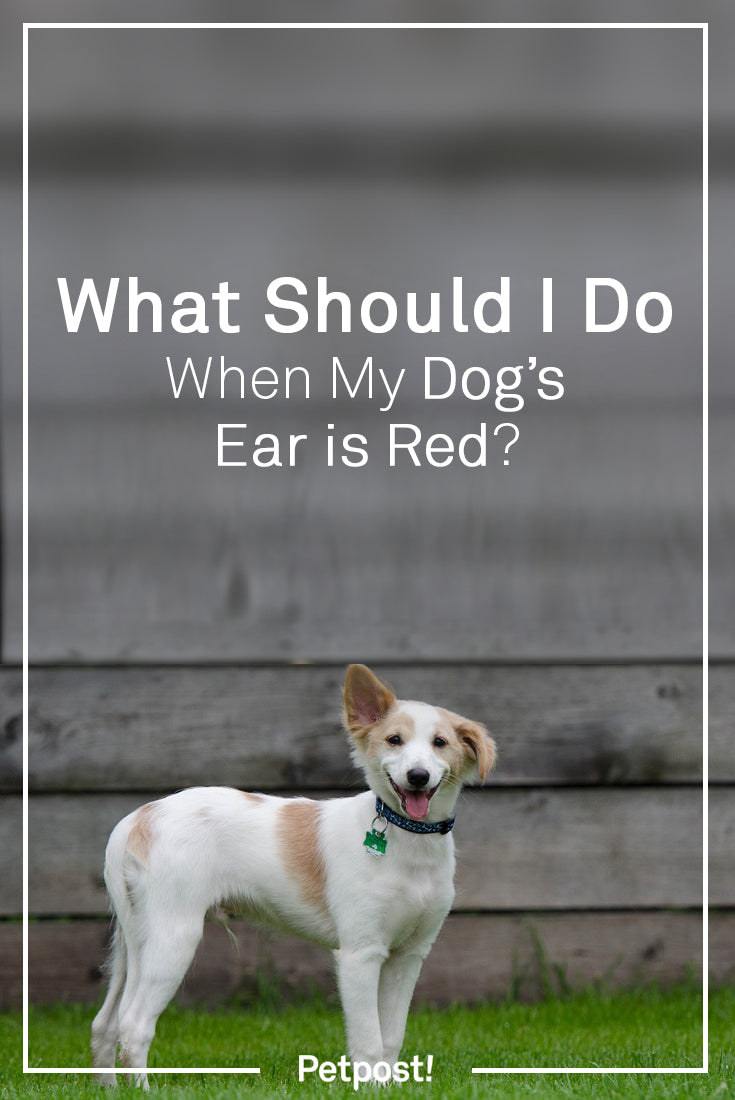



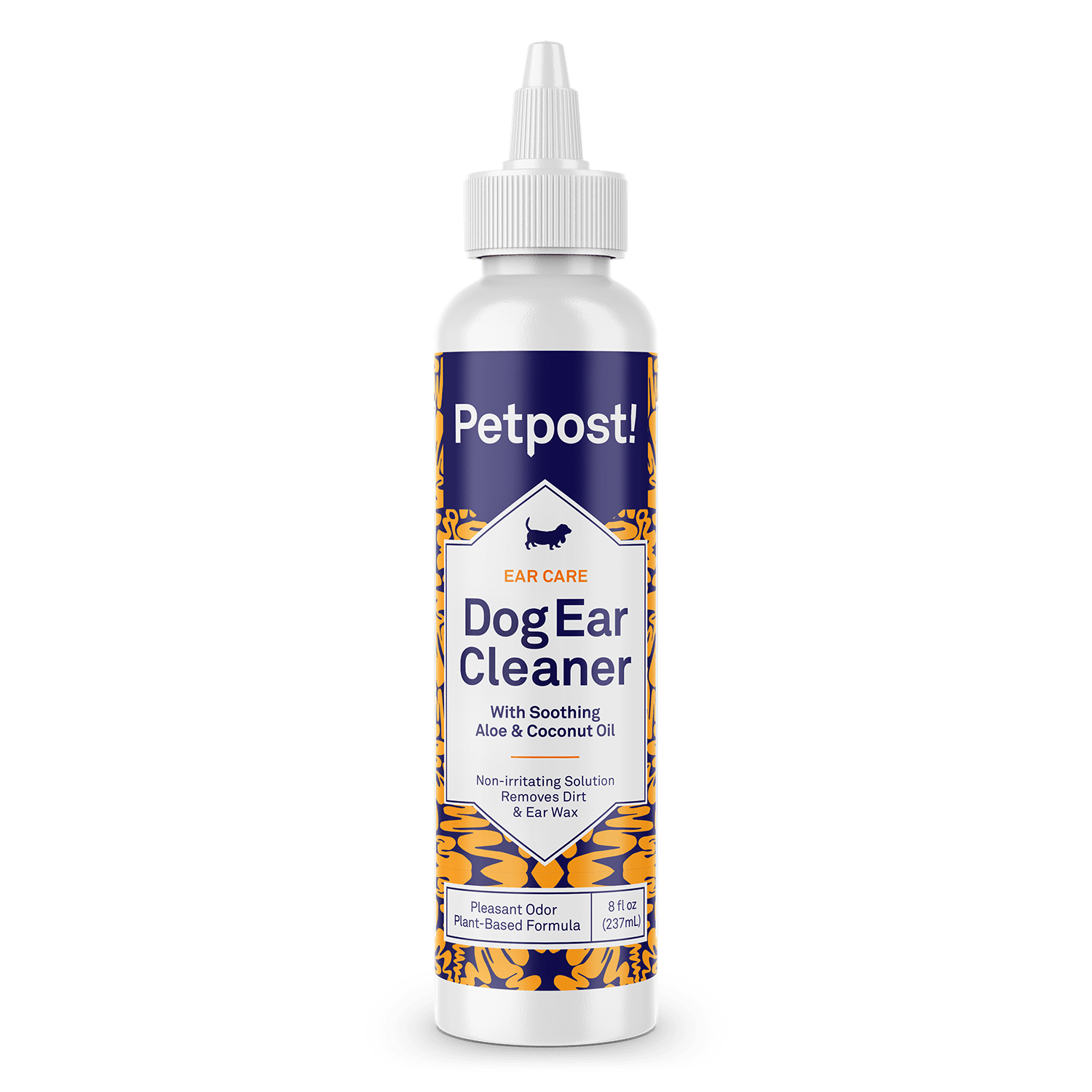
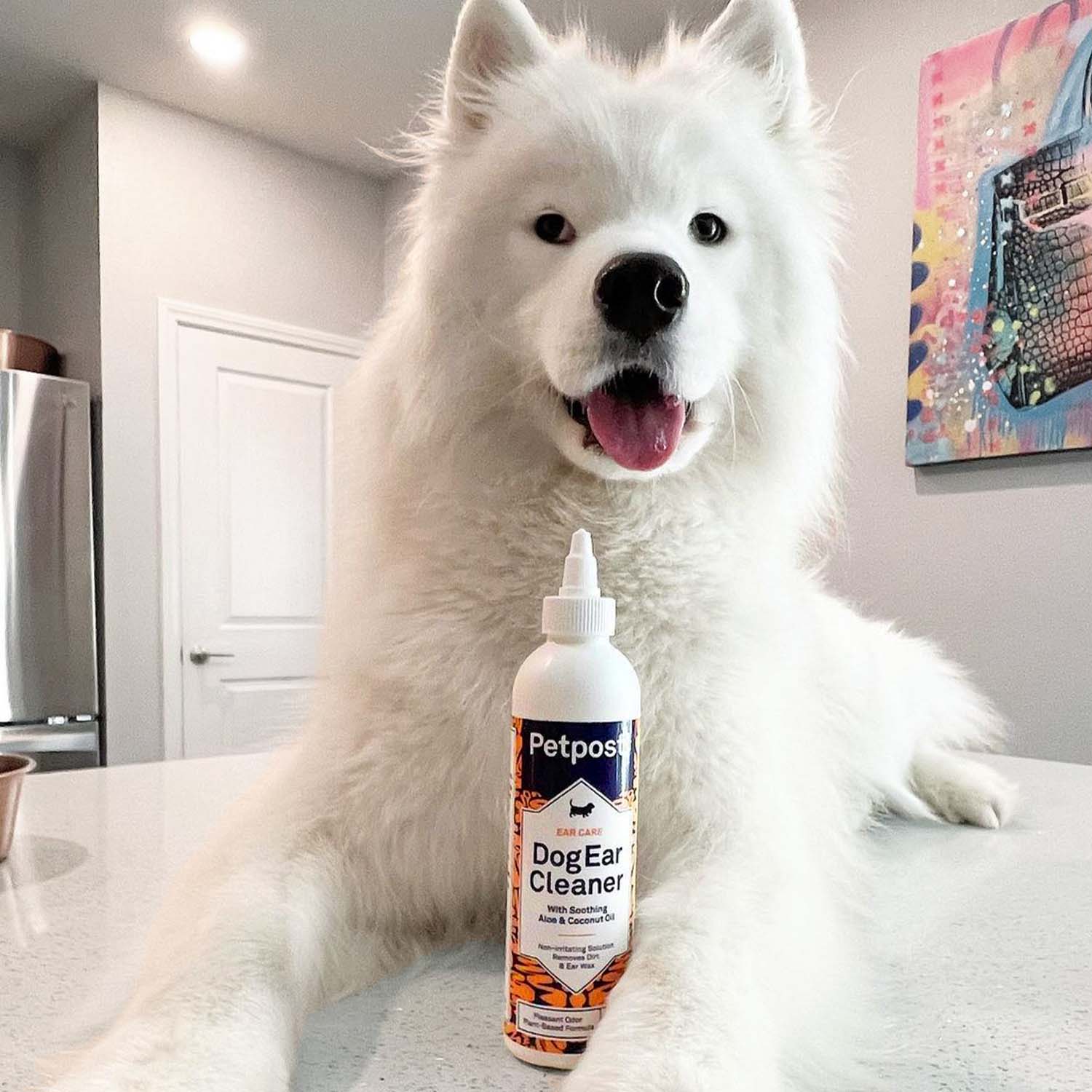








Comments